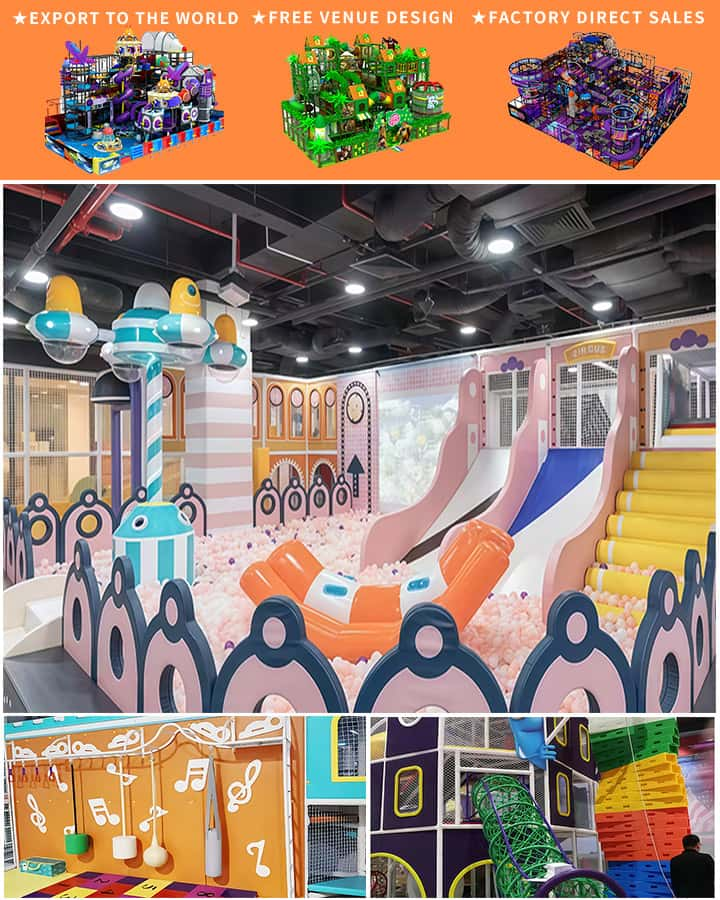Playgrounds are a cherished part of childhood, providing children with endless opportunities for physical activity, social interaction, and creative play. However, ensuring that playground equipment is safe is crucial to prevent injuries and allow kids to enjoy their playtime without unnecessary risks. This article explores the key features of the safest playground equipment for kids, offering parents and caregivers guidelines on what to look for to ensure a secure environment for little ones.
1. Age-Appropriate Design
One of the most important aspects of safe playground equipment is its design suitability for different age groups. Younger children require different types of equipment compared to older kids. Look for playgrounds that have separate sections or specific equipment designated for various age ranges. This helps minimize the risk of accidents caused by children playing on equipment that is too advanced or complex for their developmental level.
2. Soft Surfacing Materials

Falling is an inevitable part of play, but the impact can be significantly reduced with appropriate surfacing materials. The safest playgrounds use soft, shock-absorbing surfaces such as rubber mats, wood chips, sand, or artificial turf. These materials help cushion falls, reducing the likelihood of serious injuries. It’s essential to ensure that the surface material is well-maintained and free from debris that could cause slipping or tripping hazards.
3. Smooth Edges and Non-Toxic Materials
Safety standards dictate that all playground equipment should have smooth edges with no sharp points or pinch points where a child’s clothing could get caught. Additionally, the materials used in playground construction should be non-toxic and free from harmful chemicals, particularly those that children might ingest if they put objects in their mouths. Regular inspections should be conducted to check for wear and tear that could create hazardous conditions.
4. Proper Installation and Maintenance
Even the safest playground equipment can become dangerous if not installed correctly or maintained properly. Professional installation ensures that all components meet safety regulations and are securely anchored to prevent tipping or collapse. Routine maintenance checks should include inspecting for structural integrity, replacing any damaged parts, and ensuring that all fasteners are tight. Community engagement in reporting and addressing maintenance issues is vital for ongoing safety.
5. Supervision and Education
While the physical attributes of playground equipment are critical, active supervision and educating children about safe play practices are equally important. Adults should be present to monitor children’s activities, intervene if necessary, and teach kids how to use the equipment correctly. Educating children about the potential dangers and the importance of following rules helps instill good habits and promotes a safer play environment.
Conclusion
Creating a safe playground environment for kids involves more than just selecting appealing equipment; it requires careful consideration of design, materials, installation, and maintenance. By prioritizing safety through these aspects, parents and caregivers can help ensure that children have a fun and injury-free experience at playgrounds. As communities continue to invest in safe recreational spaces, we can all contribute to nurturing healthier, happier childhoods.




